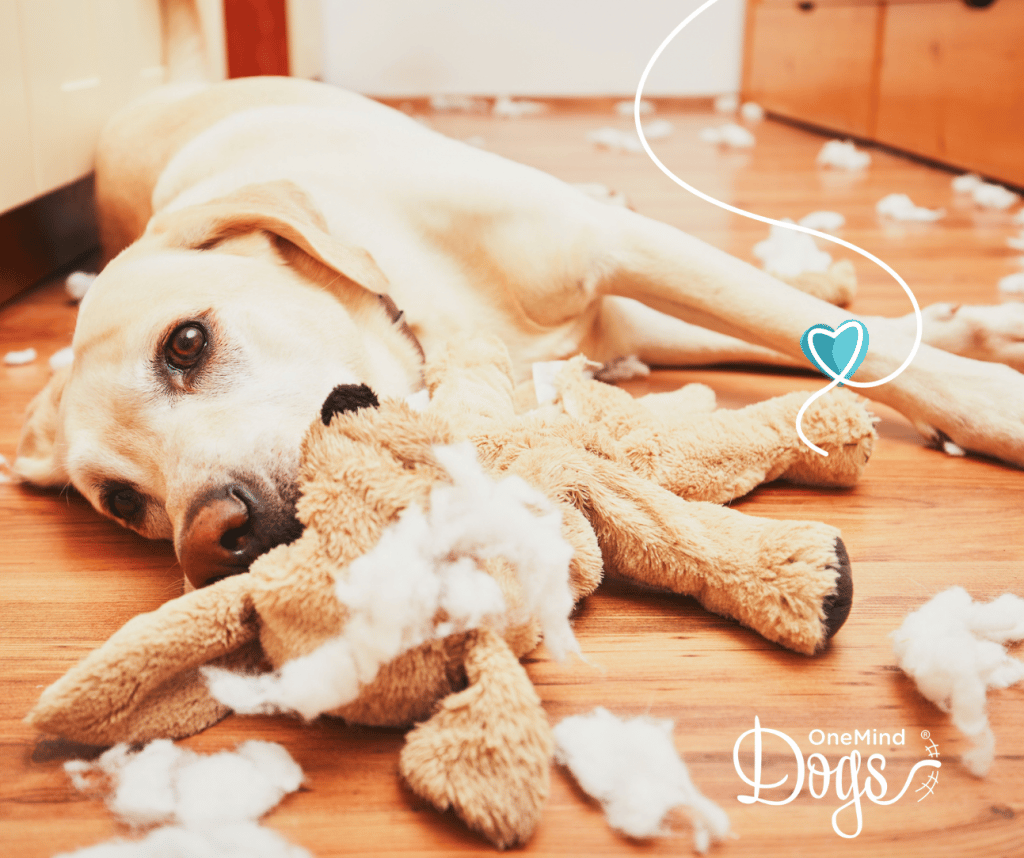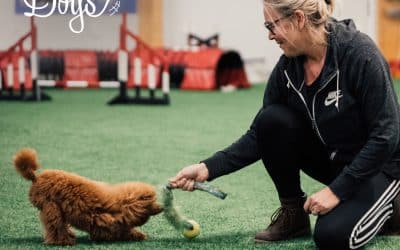The Labrador, sometimes called Labrador Retriever, is one of the most popular dog breeds in the world. Their recognizable coat, powerful build, and loving temperament make them both furry friends and fantastic companions. As the name suggests, they were developed as a breed to help retrieve prey from the ground or water.
Labradors are incredibly intelligent and eager to please. As such, they make fantastic pets for families and are especially good with children. However, before you can enjoy all the benefits of owning this popular breed, you’ll have to train your puppy to become a well-mannered canine.
This blog post will outline five key steps to successfully training a Labrador dog.
Understanding your Labrador’s perspective
One of the essential aspects of training your Labrador is understanding its perspective. Think of your reaction if someone gave you orders in a foreign language you didn’t speak. You’d be confused and possibly even a bit resistant, right? But with time and patience, both parties can eventually understand each other.
Similarly, it’s important to consider that your Labrador has a different understanding of the world than we do. For example, they communicate primarily through body language, which may seem strange for humans. Dogs are naturally social animals and thrive when surrounded by a loving and consistent family. In order to effectively train them, you must be aware of their needs and communicate clearly with them.
At the same time, all dogs learn differently. When following a training program for your Labrador, keep their unique personalities in mind and tailor your training to suit them.
Setting your Labrador up for success in training
Once you learn how to communicate effectively with your Labrador, it’s important to set them up for success in training. Just like humans, dogs thrive on consistency. Everything from your words to your tone of voice must be consistent and predictable for your pup. Consistency also extends to the timing of your training.
Mealtimes are a great opportunity to enforce good behavior. As you prepare your dog’s food, have them sit and stay in place until they’re ready for their meal. Your Lab, being hungry, will be eager to please and will likely comply, which you can then reward with their meal. Or even better, break the meal up into portions and use them for simple and fun training exercises throughout the day..
This type of training is called positive reinforcement, and studies have shown that it is the most effective way to train canines. So, forget the rolled-up newspaper and only offer praise, treats, or playtime when your Labrador does something right. Ten-minute sessions throughout the day should be enough to reinforce good behavior and get you both on the road to success.
Preventing problems before they begin
Next, you’ll want to be proactive with your Labrador by addressing potential issues before they have a chance to arise. For example, puppies love to chew and explore the world around them. It’s a genetic trait essential to their development as they learn how to interact with their environment.
Unfortunately, this need to chew can be problematic if your dog only has access to carpeting and furniture. Teach your dog what you expect them to chew by providing healthy alternatives like dog toys and treats. Reward them for choosing these options, and you’ll have less mess to clean up.
Note that you should manage your own expectations as well. It’s unlikely that a three-month-old puppy will show the same level of obedience as an adult dog. So, keep this in mind as you begin to train your pup, and be sure to reward them for their effort and enthusiasm rather than the end result.

Teaching your Labrador to chill out alone
Separation anxiety is a very real and common fear in some dogs. If you have a dog prone to panic when left alone, the results can be destructive, ranging from excessive barking to destruction. In extreme cases, it can even lead to depression.
If you want your dog to be happy, it must learn how to be calm and content when left on its own. Start by creating a safe space your Lab can call its own. It should include a comfortable bed, toys, and fresh water. It will give your dog a sense of security and make them less likely to feel anxious if you’re not around.
Train your dog to stay in the space when you’re home. Gradually, extend how long your dog must stay in that space and reward them for staying calm in the private den. For example, you might send them there when guests arrive at your home. As they learn to accept their space and relax, they’ll be more comfortable spending time there when you’re away. This training requires patience and consistency, you can see all the steps in our Puppy training program.
Mental Stimulation
Finally, it’s crucial to keep your Labrador mentally stimulated. After all, they are known for being intelligent and curious dogs that require a lot of mental stimulation. Otherwise, they can become bored and destructive. It’s crucial to differentiate mental stimulation from physical activity.
That’s not to say you can’t combine the two. For example, you might take your dog on regular walks during which you’ll teach them a new trick or engage in a game of hide-and-seek. You should also consider activities like training sessions, puzzle-based toys, and even brain games that your dog can play on their own.
For instance, hide treats around the house daily and train your dog to find them using their nose. This game will teach them how to use their senses to search for hidden objects in the environment, which is one of the most enriching skills they can learn.
Bottom Line
A trained dog is only as good as the consistent care and attention they receive. By following these five steps, you’ll be able to raise a happy Labrador who is a pleasure to be around. Remember that this process takes time, so don’t expect instant results overnight.
If you want to get some inspiration for fun and easy training ideas with your dog, join our Magical Connection Week challenge by filling out the form below:



